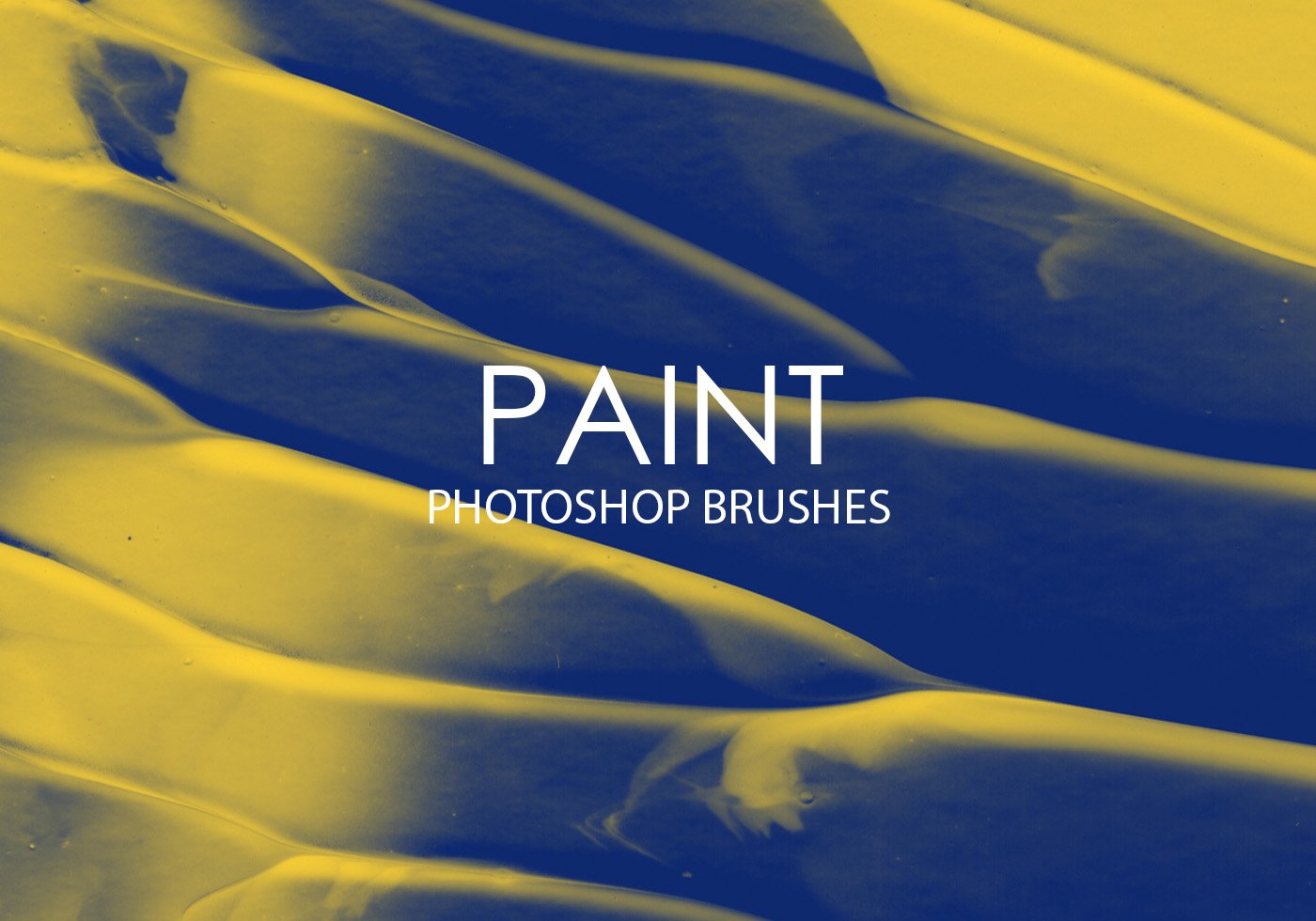
You should see the sphere appear in the small preview thumbnail in the Options Bar next to the Load the Brush icon. Now place your Mixer Brush cursor in the center of the sphere and hold down Option (PC: Alt) and click to sample.

Use your Bracket Keys on your keyboard to quickly change the size of the brush. For a hard-edged brush, click on the brush preview thumbnail in the Options Bar to open the Brush Preset Picker, and set the Hardness to 100%. Step Four: This process is a lot like sampling something for the Clone Stamp tool the only difference is that the Mixer Brush only clones what's inside the diameter of the brush, so you'll need to choose a hard-edged round brush that's slightly larger than the sphere (we used a dotted line here so you can better see the circumference of the brush in our example). The Wet setting needs to be at 0%, the Load and Flow at 100%, and Sample All Layers needs to be turned off. The fifth icon from the left is the toggle for Load the Brush after Each Stroke, and it needs to be clicked on in order to load up the sphere colors. There are several important options that have to be set correctly for this to work. You'll notice that the Options Bar for the Mixer Brush has a few more items than the regular Brush tool.

If not, click-and-hold on the Brush tool (B) in the Toolbox, and choose the Mixer Brush from the flyout menu (or toggle through the Brush tools by pressing Shift-B). Step Three: Make sure that you have the Mixer Brush tool selected. You'll probably need to use Free Transform (Command-T ) to size the sphere so that it's slightly larger than the widest part of the worm that you want to create to give yourself a little wiggle room. You can use a Color Overlay layer style or a Hue/Saturation adjustment layer to re-color your sphere if you need to. Using the Move tool (V), click-and-drag the copied sphere into this new document. Step Two: Create a new 12×8″ document (File>New) at 300 ppi, set the Background Contents drop-down menu to Transparent, and click OK. ( Tip: As you're drawing the selection, you can press-and-hold the Spacebar to reposition the selection.) Press Command-J (PC: Ctrl-J) to create a copy of the sphere on its own layer. (You'll probably want to try a lot of different types of images after this, but let's start simple.) If you're using a stock image, use the Elliptical marquee tool (nested under the Rectangular Marquee tool in the Toolbox) to make a selection around the sphere.


Step One: Start with an image of a sphere. This is great for creating color-rich strokes to simulate painting with a real brush, but for this project we're going to use an image as the paint source to create repeating segments that can be used for anything from robot arms to your very own superworm. One of the secret powers of the Mixer Brush is that it can sample multiple colors or even pixels to use for its stroke.


 0 kommentar(er)
0 kommentar(er)
